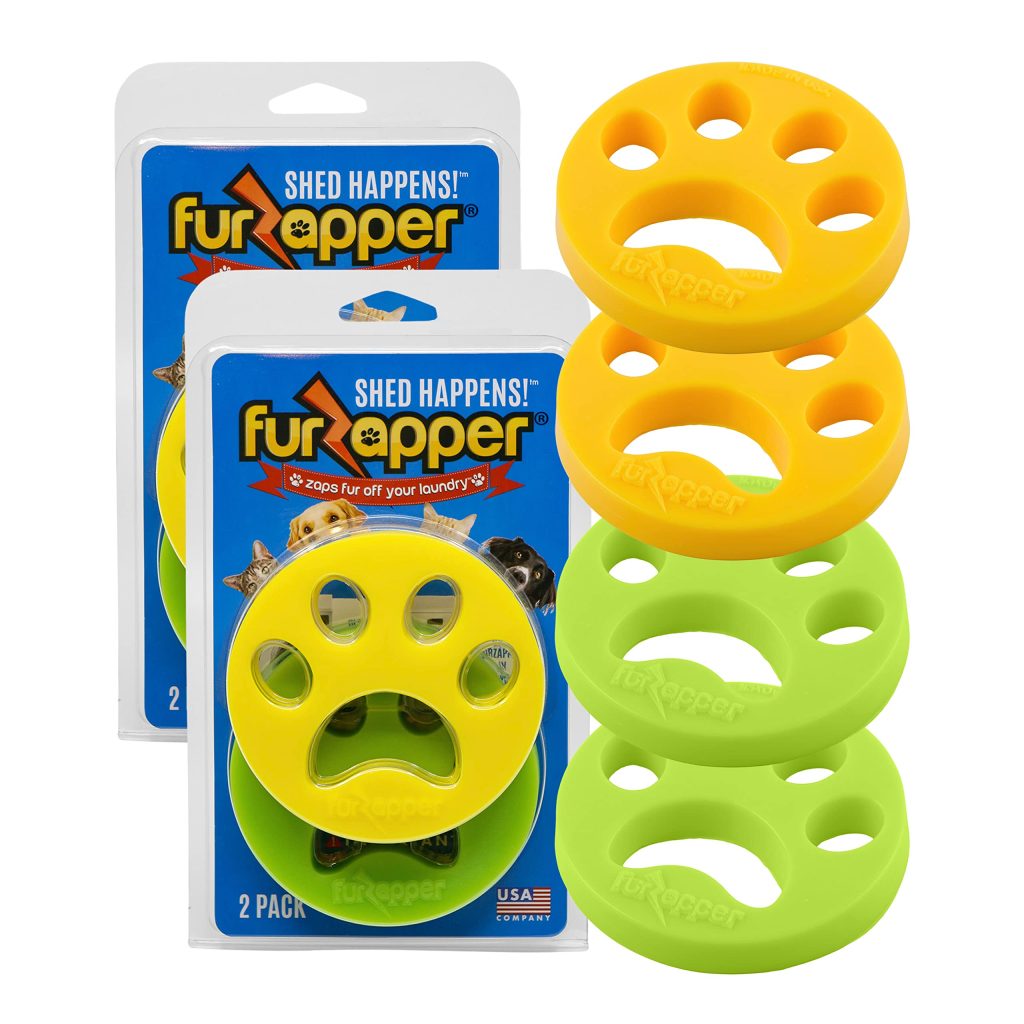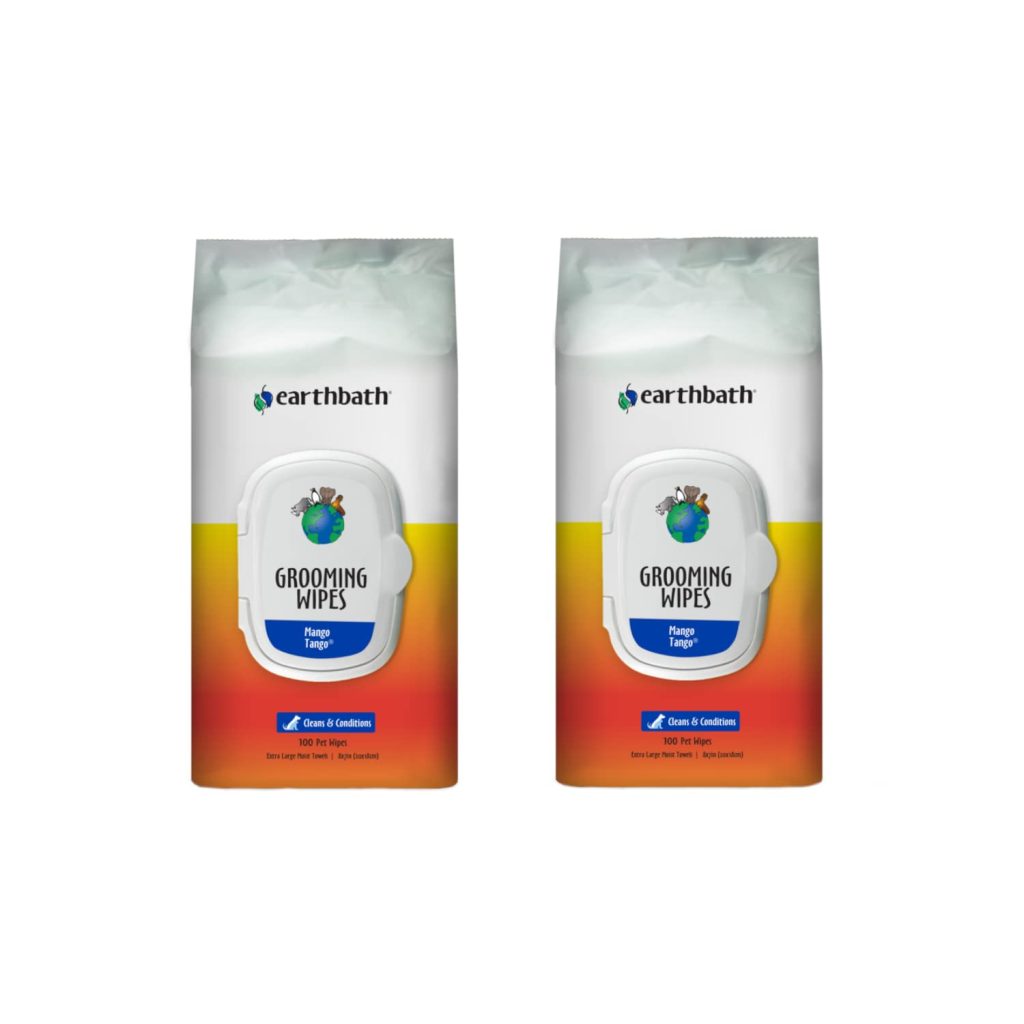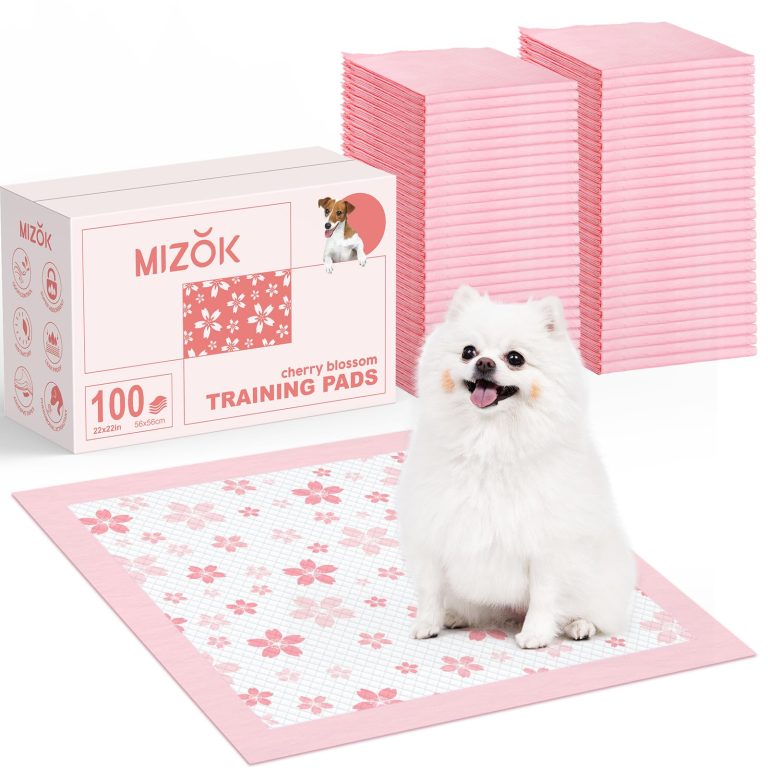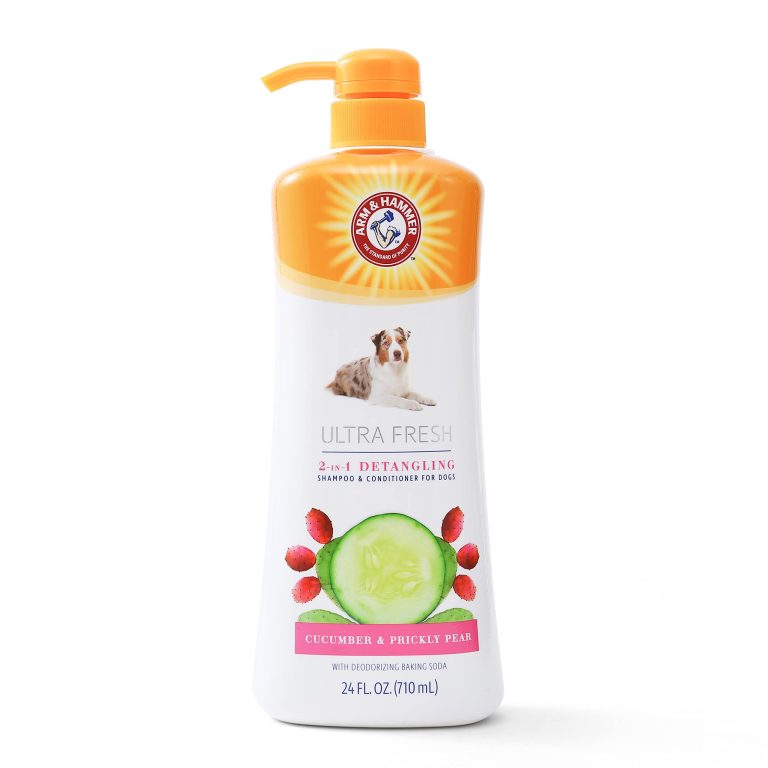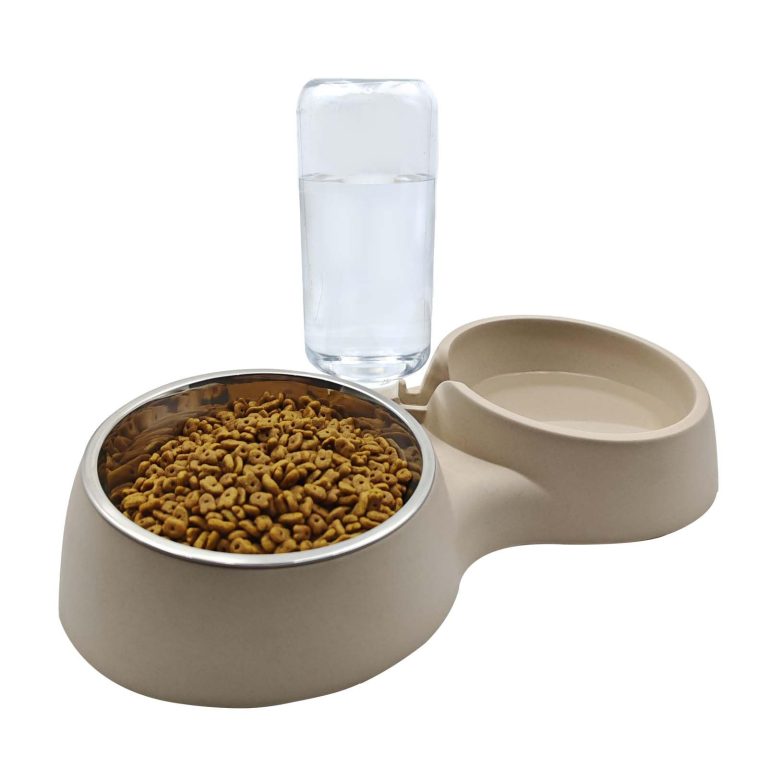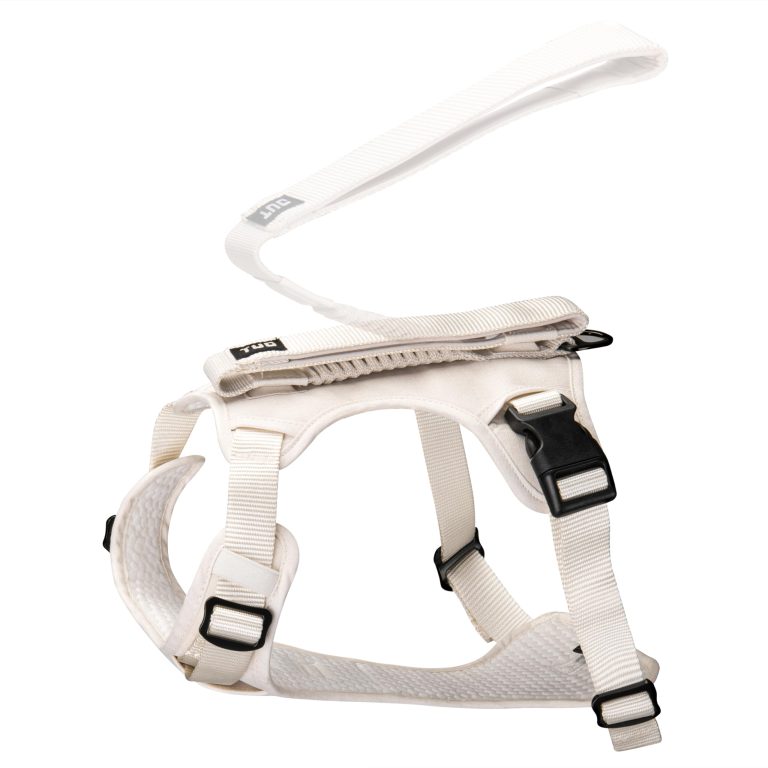Tibetan Mastiff

Breed History and Origin
The breed we are discussing is known for its regal appearance and storied history, tracing its origins back centuries. Bred for a specific purpose, the breed was highly valued by nobility for its skills and prowess. Over time, the breed has evolved, but many of its original traits remain intact, making it a beloved pet for many.
Initially, this breed was developed in a particular region to meet a need within the local community, whether that be for hunting, herding, or protection. Breeding was selective and purpose-driven, with an emphasis on certain physical and temperament traits that would best serve the breed’s intended role. Due to this selective breeding process, the breed possesses unique characteristics that have been passed down from generation to generation.
Through the years, the breed gained notoriety and spread beyond its region of origin, often through trade or war. As it became more widespread, the breed was further refined and bred to achieve the standard we know today. The breed’s adaptability and appealing traits led to its growth in popularity as both a working dog and a companion animal.
The history of this breed provides insight into its current characteristics and behaviors. Understanding the breed’s origin can be important for owners to appreciate their pet’s instincts and natural tendencies. Recognizing the breed’s historical background allows for a deeper connection between owner and pet, as well as more informed care and training practices.
Physical Characteristics
This breed is known for its distinctive physical appearance, which includes a robust and well-proportioned body. They typically possess a broad head with a strong jaw, alert eyes, and ears that may be cropped or naturally floppy, depending on the region and owner preference. Their coat is usually dense and can come in a variety of colors and patterns, making each dog unique.
Maintaining this breed’s coat requires regular grooming. Owners should brush their dogs several times a week to prevent matting and to reduce shedding. They may also need occasional baths, but it’s important not to over-bathe as it can strip natural oils from their skin.
Regarding size, this breed can be quite large and muscular, which is a testament to their working dog heritage. Their powerful build calls for ample space and exercise to maintain their physical condition. Potential owners should be prepared for a dog that needs daily exercise to stay healthy and happy. Walks, runs, and playtime in a secure area are essential for this breed.
In addition to their physical strength, they have features that helped them serve in their historical roles. They might have a strong bite force or a keen sense of smell, making them excellent for certain types of work even today. These dogs may also have a high energy level due to their working background, requiring active engagement and mental stimulation from their owners.
Nutrition is also important for this breed; they benefit from a balanced diet suited to their size, age, and activity level. Consulting with a veterinarian can provide guidance for the appropriate food and portion sizes to maintain their health.
Overall, caring for this breed requires attention to their physical attributes and needs. Owners must commit to regular maintenance of the breed’s coat, provide enough space and exercise suitable for their size and energy levels, adhere to a nutritious diet plan, and be aware of any breed-specific traits that need special attention.
Temperament and Behavior
The temperament of this breed is often described as loyal and protective, making them excellent companions for families. They tend to form strong bonds with their owners and can be quite affectionate within the home. Due to their historical roles, these dogs may have an inherent guarding instinct, which requires responsible management from the owner. It is important to socialize them from an early age to ensure they are comfortable around new people and environments.
Despite their robust appearance, this breed may also have a playful side. They often enjoy engaging in interactive games with their family, which also serves as a great way to provide mental and physical stimulation. Training is likewise important; they respond well to positive reinforcement and consistent, firm leadership. This breed benefits from learning basic obedience commands, as well as any additional training that suits their abilities and keeps them mentally engaged.
While they are generally good with children and other family members, supervision is essential, especially around smaller kids due to the size of the breed.
Potential owners should know that this breed may have a propensity for specific behavioral tendencies like digging, barking, or chasing. These behaviors are often rooted in their historical purpose but can be managed through proper training and channeling their energy into appropriate activities.
In a living environment, this breed requires space to move freely and an enclosed yard where they can play safely. Apartment living is not typically recommended unless owners are committed to providing daily, rigorous exercise. Without adequate physical activity and mental challenges, these dogs may develop destructive behaviors out of boredom or frustration.
The breed’s strength and protective instincts call for an experienced dog owner who understands canine behaviors and can provide the leadership and training this breed thrives on. With the right guidance and care, this breed can be a wonderful addition to the right household, offering loyalty, companionship, and protection.
Health and Care Requirements
When considering the health and care requirements of this breed, it’s imperative for owners to be proactive and informed. Due to their size and physical characteristics, they can be prone to certain health issues that prospective and current owners should be aware of. Some of the common health problems associated with this breed include hip dysplasia, bloat, and certain heart conditions. Regular check-ups with a veterinarian are essential to monitor and manage any potential health concerns.
Exercise is integral to the breed’s well-being. Adequate daily activity not only helps prevent obesity, which can exacerbate health issues like joint problems, but also supports good cardiovascular health. Owners should also pay particular attention to their pet’s dental hygiene, as this breed can be susceptible to gum disease. Brushing their teeth several times a week or providing dental chews can help maintain oral health.
Grooming is another aspect of care that cannot be overlooked. Beyond regular brushing of their coat, it is important to keep their nails trimmed and ears clean to prevent infections. Moreover, due to their strong jaw and biting force, owners should provide durable chew toys that satisfy their need to gnaw without risking damage to their teeth or ingestion of harmful materials.
Dietary needs are also a important component of caring for this breed. A high-quality diet rich in protein is ideal. However, feeding should be portion-controlled to prevent overfeeding, potentially leading to weight gain. It’s worth noting that this breed may require different diets at different stages of life; puppies, adults, and seniors have varying nutritional needs.
In summary, the keys to maintaining this breed’s health include a balanced diet, regular veterinary care, consistent exercise, diligent grooming practices, and rigorous oral care. In doing so, owners will contribute significantly to their beloved pet’s longevity and quality of life. As with any dog breed, individual needs can vary, so close attention and adaptation to each dog’s unique requirements are paramount.
